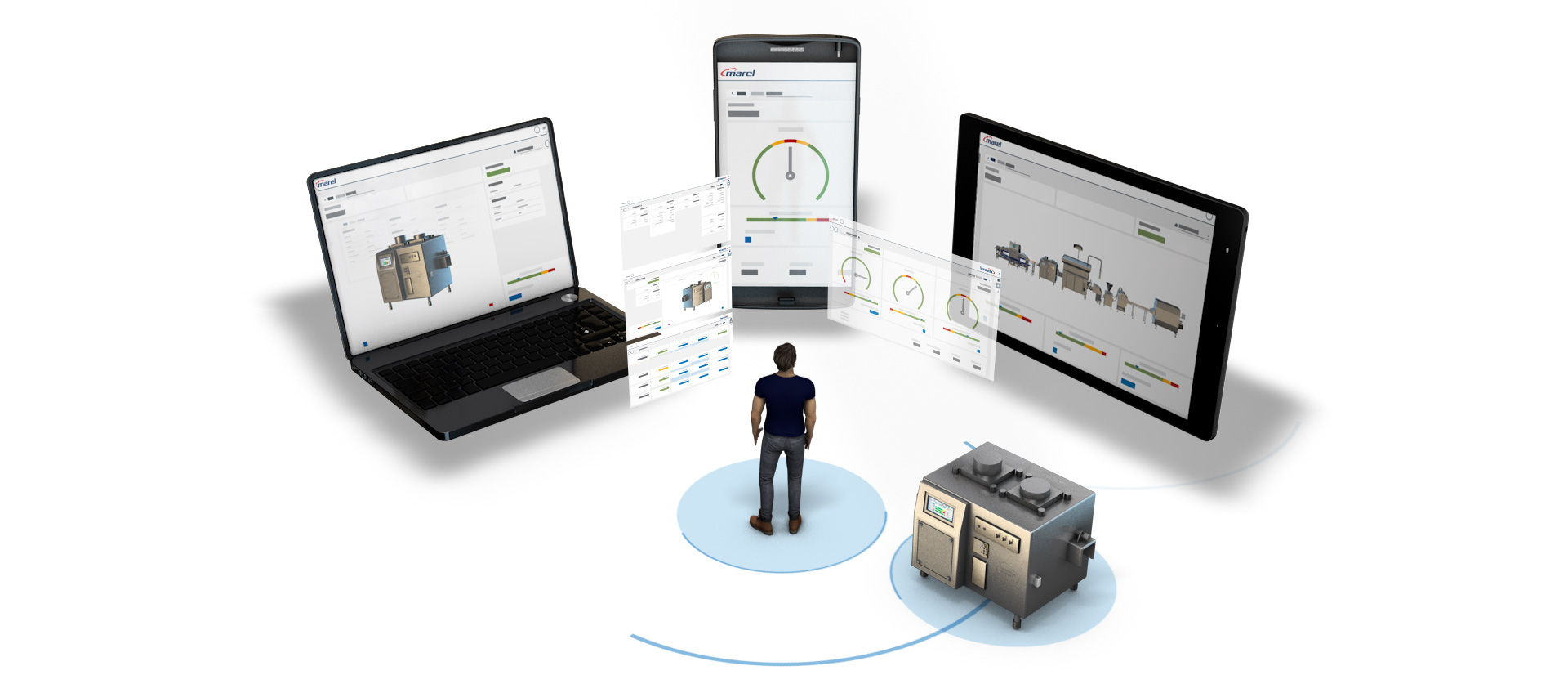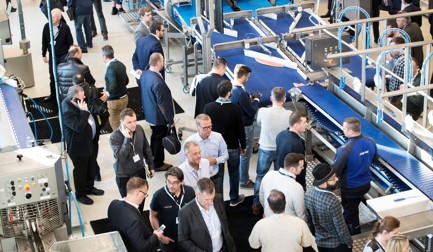5. Sustainable waste management and energy-efficient technologies
In an industry seeing the very real effects of environmental pressures, using technology to reduce carbon footprints and improve fish management is building an industry ready for whatever the future holds.
At an individual business level, sustainable practices increase long term profits for salmon processors, minimizing margin pressures by reducing energy consumption and maximizing raw material value. Smart sensors can be used to monitor and control energy consumption, water use and waste generation across processing lines. While smart machines can predict maintenance needs, minimizing downtime and reducing machine failure risks. Across all areas of a business, accurate measurement and control over systems reduce costs, optimize machines and operations, and support sustainability goals.
Technology is visible in every corner of our lives. For the seafood industry the options available show ever-growing benefits to processors who adopt them, helping them meet industry challenges and remain competitive, with improved efficiency and reduced operational costs.
From robotics to data-driven solutions or a combination of both, processors of every size can take advantage of technology to future-proof their business.
Explore the possibilities further by contacting an expert at Marel.





